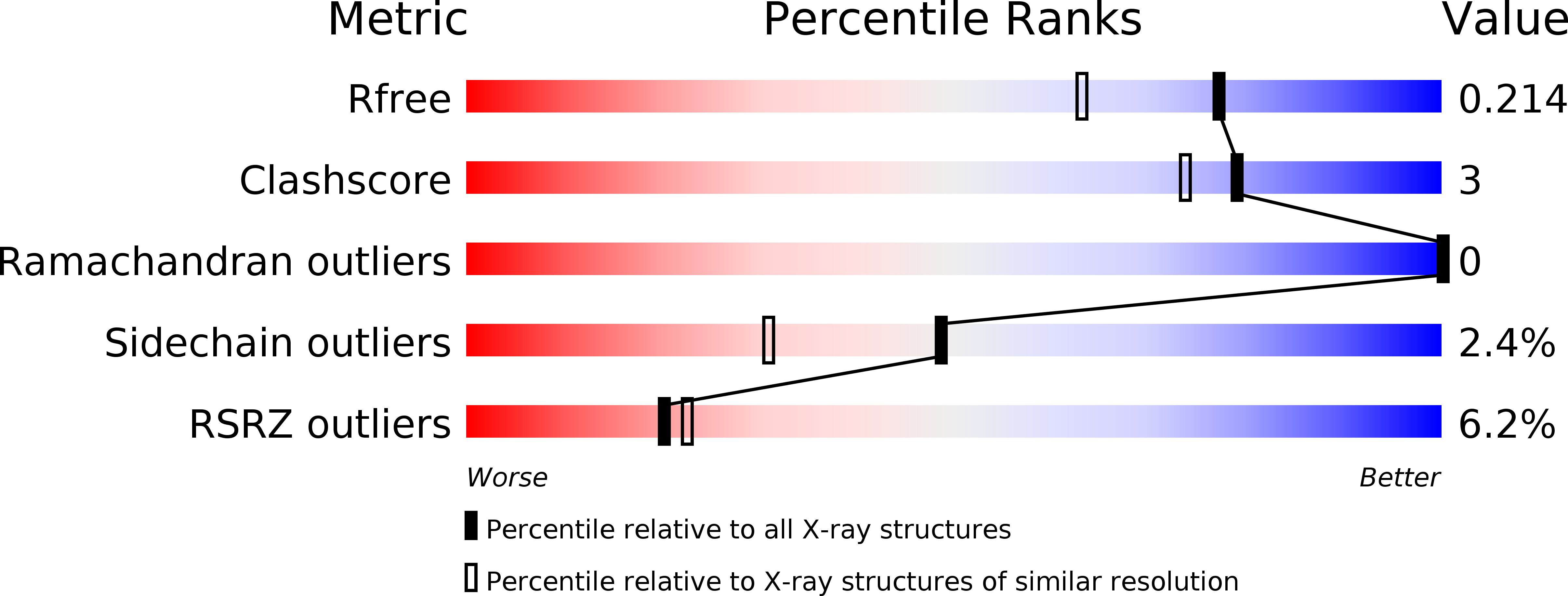
Deposition Date
2018-03-09
Release Date
2019-07-10
Last Version Date
2024-01-17
Entry Detail
PDB ID:
6FXQ
Keywords:
Title:
Structure of coproheme decarboxylase from Listeria monocytogenes during turnover
Biological Source:
Source Organism:
Host Organism:
Method Details:
Experimental Method:
Resolution:
1.69 Å
R-Value Free:
0.21
R-Value Work:
0.17
R-Value Observed:
0.17
Space Group:
P 1 21 1


